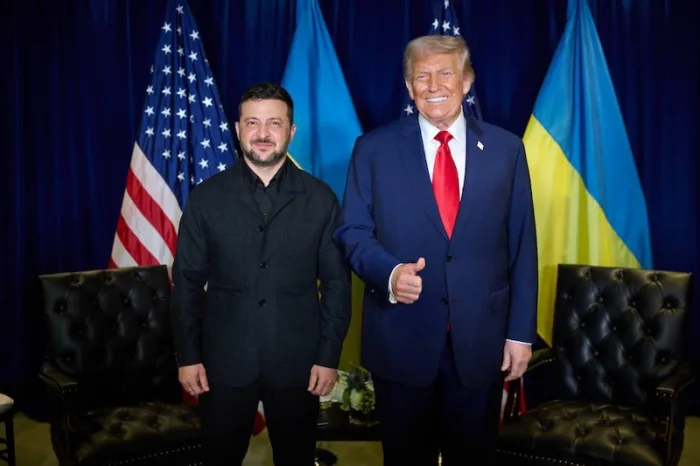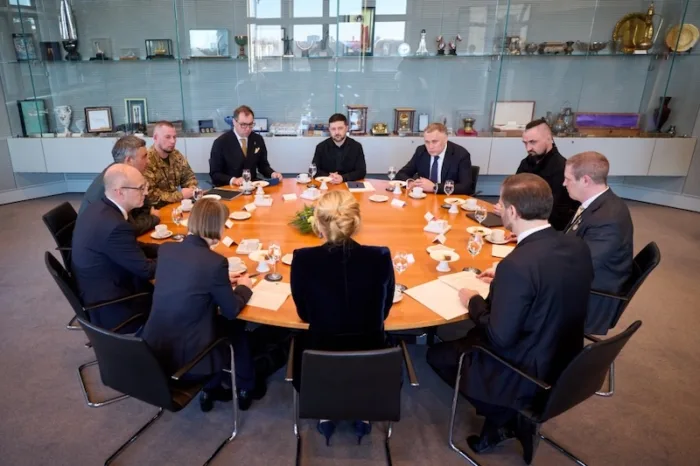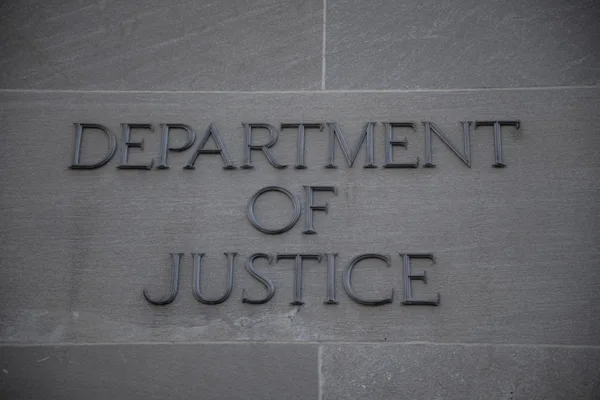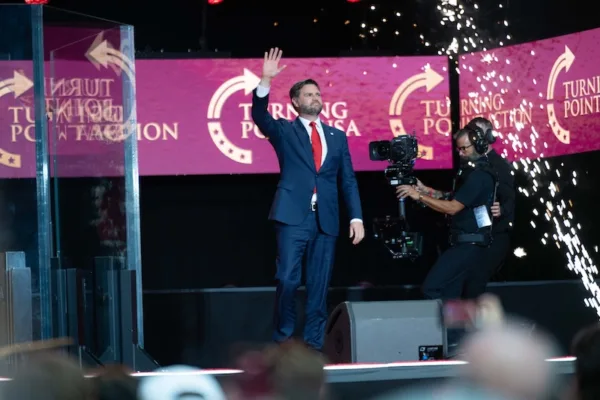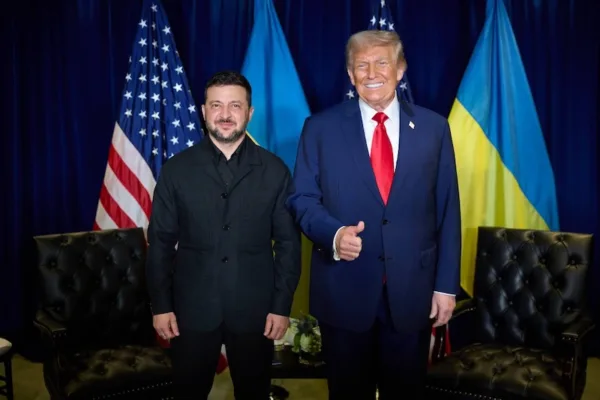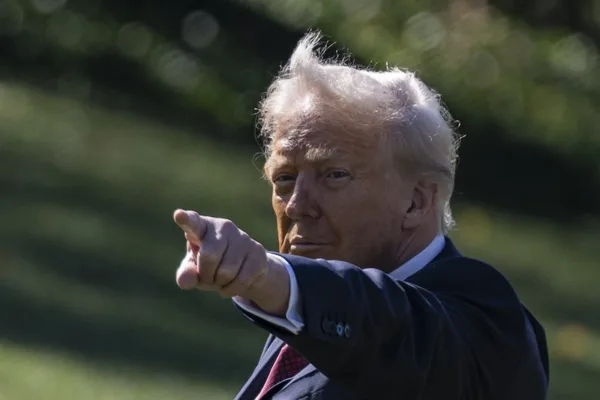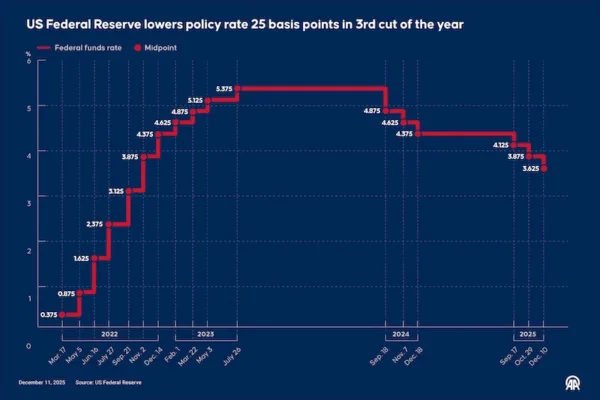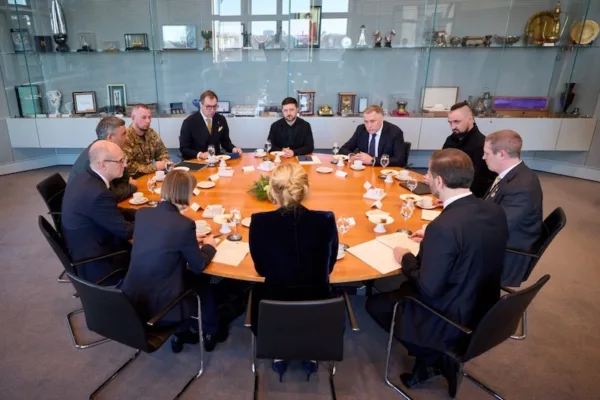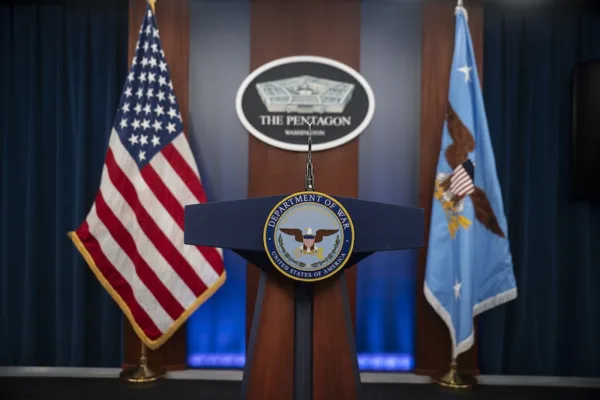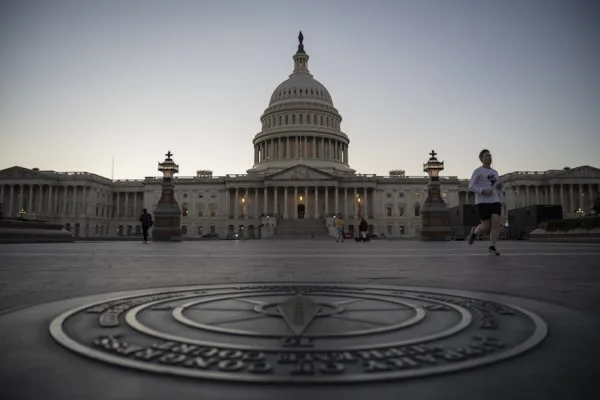Event Summary: What’s Happening in Iran?: Popular Protests and the US Policy
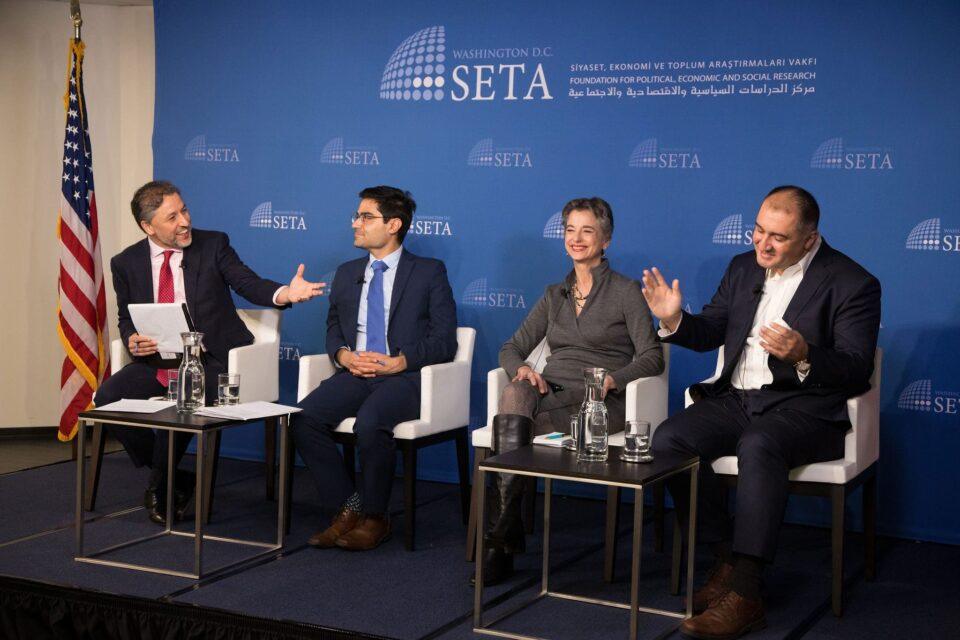
On Wednesday, December 4, 2019, the SETA Foundation at Washington, DC hosted a panel to discuss ‘What’s Happening in Iran?: Popular Protests and the US Policy.’ Moderated by Kadir Ustun, Executive Director at the SETA DC, the panel included Sina Toossi, Senior Research Analyst at the National Iranian American Council, Alex Vatanka, Senior Fellow at the Middle East Institute, and Barbara Slavin, Director of the Future of Iran Initiative at the Atlantic Council.
At the outset of the discussion, Sina Toossi explained that the Trump administration’s maximum pressure campaign and the shift in Iranian internal politics make these protests dynamic and complex. Trump’s policy has debilitated the factions inside Iran while validating the hardline narratives, ultimately creating an environment that is not conducive to negotiations. He believes that if Trump genuinely desired a deal with Iran, he would move away from the maximum pressure strategy and offer sanctions relief that would pave the way for negotiations. He calls for a more balanced approach to US policy that includes engaging with the Iranians when it benefits the US and keeping a distance when US interests are not at risk.
Alex Vatanka continued by highlighting the differences between the current protests and ones in the past. The amount of violence seen in this round of protests is unprecedented. He asserts that the younger generation of Iranians no longer have any hope for the reformists to prevail, claiming that there are currently no moderates in Iran. In terms of the US withdrawal from the JCPOA, he does not get the sense that the Iranians will walk away from the JCPOA because they are in the business of buying time. If they leave, they lose leverage and make no gains. To close out his remarks, he noted that this fight began in November 1979 when a group of supporters took the embassy for political benefit without accounting for the long term political consequences. Forty years later, Iranians are still trying to figure out what happened.
Barbara Slavin drew attention to the fact that the Trump administration’s maximum pressure campaign is putting Iran in a position to be hostile toward the US. While Trump might be seeking to create a deal with Iran, she does not believe that his base of evangelicals and Bibi Netanyahu sympathizers will support it. The Iranians have a quid pro quo of their own which seeks to have Trump alleviate some of the sanctions before they come to the negotiating table. This raises the question of whether the hardliners will make any concessions to the US and if so, for what in return? In addressing regional problems, she sees the US as increasingly irrelevant and playing no part in reconciliation. She expressed interest in seeing how the Iranian system deals with the challenges it is facing and how it will encourage the population to engage in politics.
















